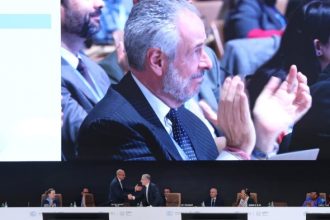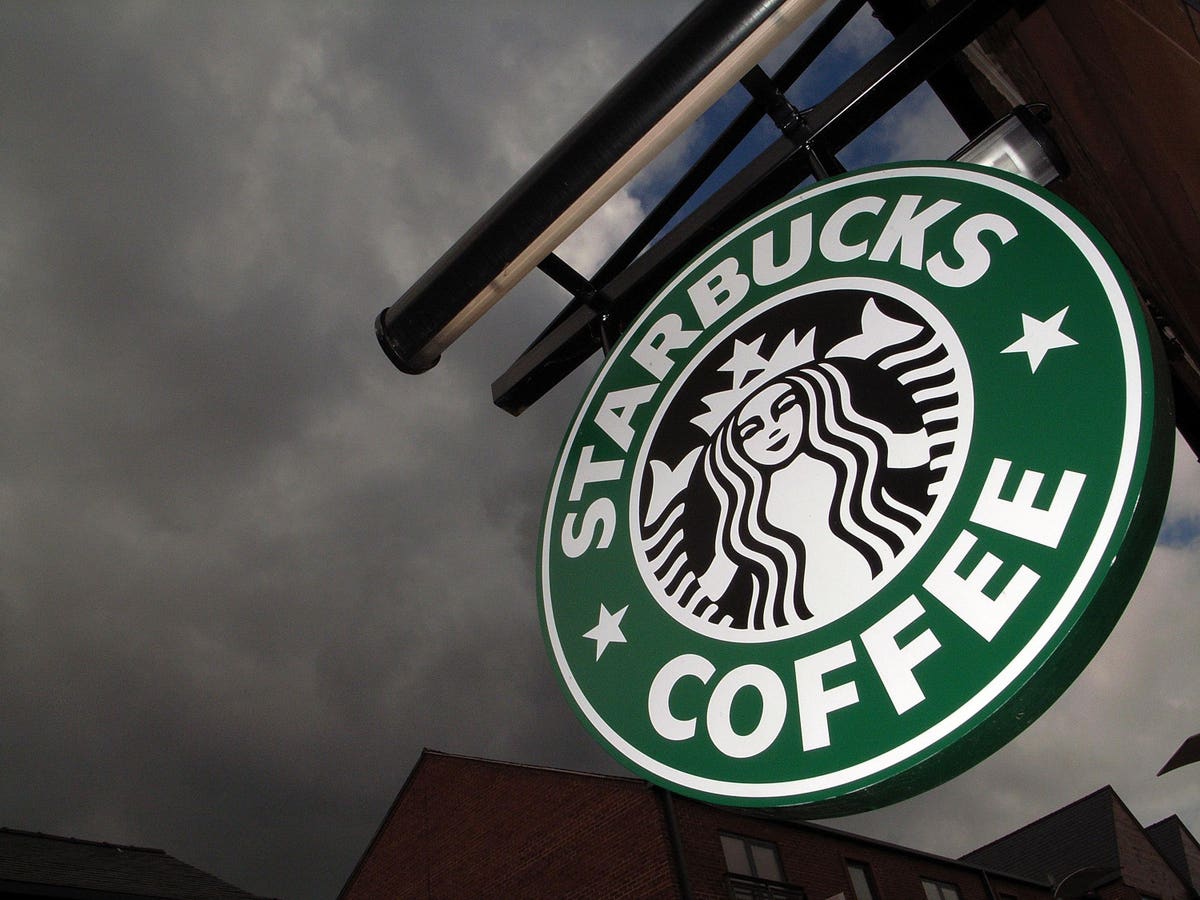Like many a long-time coffee drinker from their morning pick-me-up, Howard Schultz, former chairman and CEO of Starbucks
Starbucks
PepsiCo
Last week, Mr. Schultz grabbed headlines with an intense public missive posted on LinkedIn lamenting Starbucks’ quarterly earnings miss, criticizing the company trajectory and offering some turnaround suggestions. Among them were that senior leadership should spend time working in stores, and that the chain should reinvent mobile ordering, overhaul the go-to-market strategy and undertake coffee-forward innovation.
Mr. Schultz is certainly passionate, but I question if the dressing down he gave to the chain he made fully speaks to the reality of Starbucks’ position or what it is already doing to address the challenges. Firstly, when Mr. Narasimhan took the helm, he earned his barista certificate, undertook a range of store and facility visits, and planned to work a half-day store shift each month. So it seems Mr. Narasimhan is already steeped in the on-the-ground operational knowledge (assuming he’s kept up the habit). Mr. Narasimhan’s other recent statements make me more confident that he’s a step ahead or two ahead of his predecessor on this, and has at the very least identified what the issues are—both the ones that can be controlled for, and the one ones that are out of anyone’s hands.
Where Starbucks Is On Inflation, Location And Innovation
IBTimes reported that, in an interview with CNBC, Mr. Narasimhan pointed to rising U.S. inflation as the reason for customers cutting down on their visits to Starbucks. This seems like an accurate assessment to me, if possibly only part of the problem. Starbucks can be pricey, and there plenty of places to trade down to; be it more affordable coffee shops or CPG products down to the cheapest stuff on the shelf—and that’s just the pure black bean water itself. When you get to some of the custom drinks, those with extra ingredients that render the price premium (and the calorie count mind-boggling), such indulgences are an obvious place for customers to cut costs. In fact I think transactions Starbucks was seeing from its most expensive orders were destined to be transitory. The company has had a number of complicated, barista-maddening off-menu beverages go viral on social media, and while such sales can give a business a bump for a quarter or two, the orders invariably stop coming in when the novelty wears off. Customers having less expendable income makes the novelty wear off faster.
Beyond price-point, Starbucks seems to have a problem being where customers are, and being what they’re looking for. I can’t imagine I’m alone in almost always choosing mom-and-pops over national operators for coffee. When I’ve patronized Starbucks regularly, it’s been a hyper-location-based decision. When I was in New York City, if I was working on a block with a Starbucks, that would become my go-to stop for coffee in the morning. The moment I was in a different office, I would default to the closest coffee/breakfast spot, rather than walking even a few blocks farther to Starbucks. If I did sit in a Starbucks to work, it would be to mix it up, having already seen the inside of too many other independent coffee shops that same week.
It seems, then, that with more people working from home now, Starbucks might just not be in the places to attract a mass of walk-in traffic—either traffic on the way to the office, or run-off traffic from independents.
What Will Make Coffee Drinkers Sit And Stay (Or Grab And Go)?
Mr. Narasimhan’s intended moves, to “open pop-up spots across the U.S. to serve specialised coffee drinks, learn about consumer habits and even educate the younger generation about coffee,” seem to provide a good path forward to addressing what problems Starbucks can. Most notable is the plan to learn about consumer habits. Understanding what customers want from their in-store experience is a step toward placing locations in areas where they can best meet those needs. It’s also key to improving the approach to the mobile customer.
While Mr. Schultz, on LinkedIn, characterizes mobile success as a matter of making the ordering experience “uplifting,” I’m not sure that was ever the driving force for success there. Anecdotally, those who I have heard of being big fans of Starbucks grab-and-go are a.) people who do a lot of travel and appreciate the consistent quality from city to city, and b.) parents who do a lot of running around in the morning. Trying to identify segments like that and build features around their unique needs and habits, seem like what will boost the mobile experience.
Coffee education, while a long-term investment, also strikes me like a useful, novel way to try to build a customer base for the category into the future. Constraining the zany, viral drinks to pop-ups also seems like a solid idea to me, if indeed that’s the shape pop-ups would take. It could capitalize on fads coming down the pike, no pun intended, without torturing baristas or creating bottlenecks for people just looking for a normal cup of coffee.
A real bounce-back might depend first of all on an overall stronger economy that gives people more money to spend on coffee-to-go in the first place. Beyond that, figuring out who the customers are, where they are and what they want is key. Mr. Narasimhan seems to be steering things in this direction. Outside of the big problem of overall economic disruption, I think he’s much better set up to figure out what the new Starbucks will look like than old management might think.
Read the full article here





